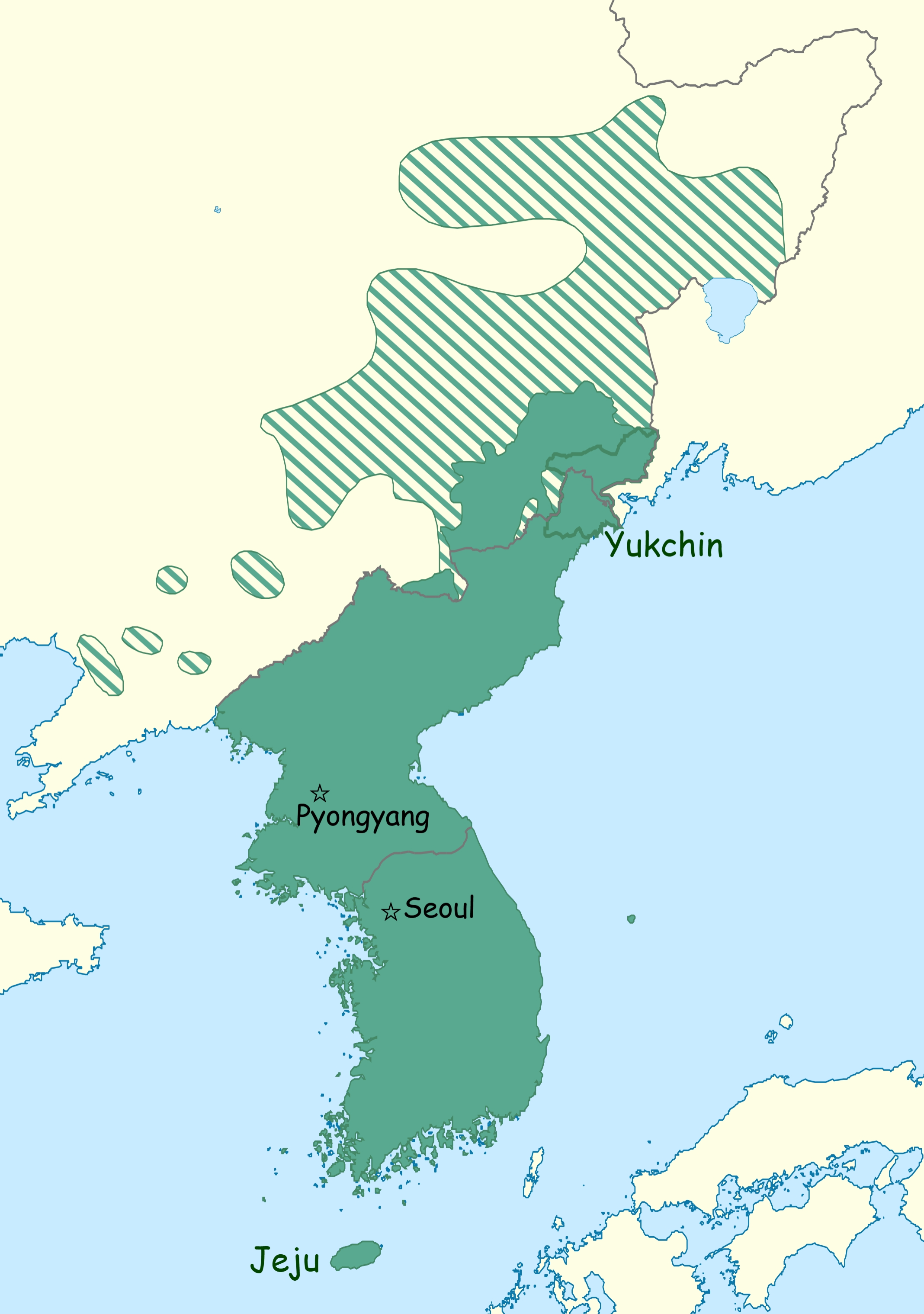Koreanic Language Family Map


Marcus Rodriguez
Historical Geography Expert
Marcus Rodriguez specializes in historical cartography and geographic data analysis. With a background in both history and geography, he brings unique...
Geographic Analysis
What This Map Shows
The "Koreanic Language Family Map" visually represents the distribution and classification of the Koreanic languages, primarily spoken in the Korean Peninsula and parts of China. This map highlights the geographical spread of these languages, illustrating their variations and the regions where they are predominantly found. The Koreanic language family primarily consists of two branches: Korean and the now-extinct Goryeo-mar language, which was spoken in the northern regions. Understanding this linguistic landscape is essential for grasping the cultural and historical contexts of the Korean people.
Deep Dive into Koreanic Languages
Koreanic languages are intriguing for several reasons. Firstly, they are classified as a language isolate, meaning they do not belong to any known language family outside of themselves, although some linguists have proposed connections to the Altaic language family. The primary language within this family is Korean, which is spoken by over 77 million people globally, making it one of the most widely spoken languages in the world.
Korean has several dialects, which vary significantly across regions. The two most prominent dialects are the Gyeonggi dialect, spoken in the capital city of Seoul, and the Gyeongsang dialect, prevalent in the southeastern regions. Interestingly, these dialects reflect not only geographical distinctions but also cultural variations, which can influence everything from vocabulary to pronunciation.
One fascinating aspect of the Koreanic language family is its writing system. Hangul, the script used for writing Korean, was developed in the 15th century by King Sejong the Great. This innovative writing system has made literacy more accessible to the Korean population and is considered one of the most efficient alphabets in the world. Unlike many languages, Korean is syllabically structured, allowing for a unique phonetic representation of sounds.
Additionally, the Koreanic language family has historical significance. The Goryeo-mar language, though extinct, offers insights into the linguistic history of the Korean Peninsula. It was primarily spoken during the Goryeo Dynasty, from which the name of the modern country “Korea” is derived. The extinction of Goryeo-mar emphasizes the dynamic nature of language and how cultural shifts can lead to the disappearance of linguistic diversity.
Regional Analysis
This map effectively illustrates the geographical distribution of the Koreanic languages. In South Korea, the bulk of the population speaks the modern Korean language, with dialects that vary from province to province. For instance, the Jeolla dialect is known for its distinct intonations and vocabulary, while the Chungcheong dialect exhibits a softer pronunciation. In North Korea, the standard language is based on the Pyongan dialect, which has also evolved differently due to political and social changes.
Interestingly, the map also touches on regions in China where Korean-speaking communities exist, particularly in the Yanbian Korean Autonomous Prefecture in Jilin Province. Here, you can find a substantial population of ethnic Koreans who maintain their language and culture despite being surrounded by a predominantly Chinese-speaking environment. This phenomenon highlights the interplay between language and identity, as these communities strive to preserve their linguistic heritage in a rapidly changing world.
Significance and Impact
The study of the Koreanic language family is crucial not just for linguists but also for understanding the cultural identity of the Korean people. Language is a powerful marker of identity, and the preservation of dialects and linguistic nuances is vital for cultural continuity. With globalization and the influence of major languages like English and Mandarin, there is a growing concern about the potential decline of regional dialects and languages, including those within the Koreanic family.
Current trends show a resurgence in interest among younger generations in learning traditional dialects and understanding their cultural roots. This revival can lead to increased cultural pride and a stronger sense of community among Korean speakers. As we look to the future, it’s essential to support language preservation efforts and recognize the importance of linguistic diversity in our global society. After all, every language carries with it a unique worldview and a rich tapestry of history that deserves to be celebrated and preserved.
Visualization Details
- Published
- September 13, 2025
- Views
- 64
Comments
Loading comments...